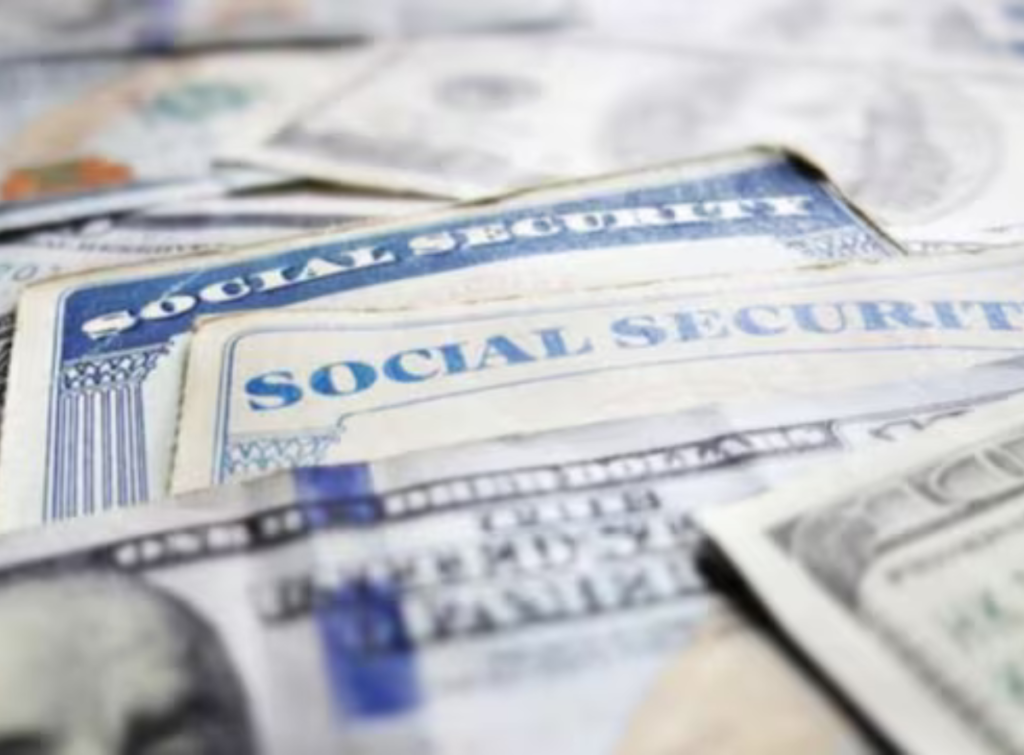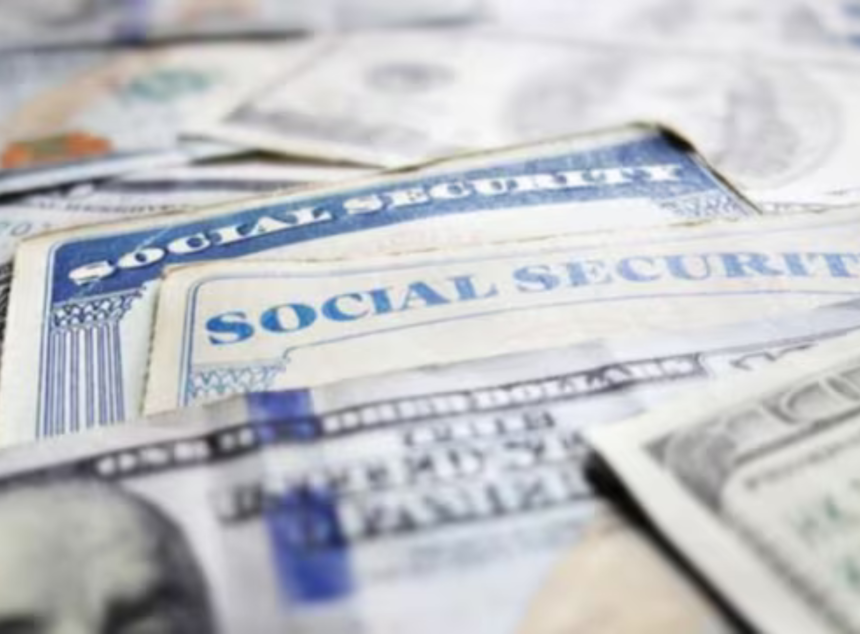In November 2024, some Social Security recipients, particularly those who receive Supplemental Security Income (SSI), will notice something different: two SSI payments instead of the usual one. But don’t worry—this isn’t a mistake. It’s simply a quirk in the calendar, and although it might seem like a surprise, it’s actually something that happens periodically.
Why Two SSI Payments in November?
SSI is designed to help individuals with limited income, including those 65 or older, blind, or disabled. Payments typically come on the first of each month, but when the first falls on a weekend or a holiday, the check is sent out early. In November 2024, SSI recipients will receive their first check on November 1 as usual. However, since December 1 falls on a Sunday, the December SSI payment will be issued a day earlier—on Friday, November 29.
This means that SSI recipients will receive two checks in November but no payment in December. A similar situation occurred in August 2024, where recipients received two checks in one month and none in the following month, September.
While this may seem unusual, recipients still receive the correct number of checks annually; the timing simply shifts due to weekends and holidays.
Social Security Recipients Are Unaffected

It’s important to note that regular Social Security beneficiaries, those receiving retirement benefits, will not be impacted by this calendar quirk. Their payments follow a separate schedule based on their birth dates, with checks distributed on different Wednesdays throughout the month.
For November 2024:
- Those born between the 1st and 10th of the month will receive their payment on Wednesday, November 13.
- Those with birth dates from the 11th to the 20th will get their check on Wednesday, November 20.
- Birth dates between the 21st and 31st will see their payment on Wednesday, November 27.
What to Expect in 2025
The calendar in 2025 will create more similar quirks. For instance, the January 2025 SSI payment will be distributed on December 31, 2024, ahead of the New Year’s holiday. February’s check will be sent on January 31, 2025, and March’s payment will be distributed on February 28, 2025. As a result, there will be no SSI check in March 2025.
A similar situation will occur in May 2025, where recipients will get two payments but none in June.
Impact on Budgeting
While receiving two SSI checks in one month and none in another doesn’t affect the total amount of money received over the year, it can complicate budgeting for some. It’s essential for recipients to plan for months without a check, like December 2024 and March 2025, by setting aside funds from the extra payment received the month before.
What is SSI?
For those unfamiliar, SSI is a federal program providing financial assistance to people with little or no income. It supports individuals aged 65 or older, as well as blind or disabled adults and children with limited resources. The amount someone can receive depends on various factors, including living arrangements and other sources of income, with a cap of $1,971 per month for adults in 2024.
The Social Security Administration (SSA) has also announced a new, streamlined application process for SSI, which will be rolled out later in 2024. This aims to make it easier for those who qualify to apply for benefits.
Cost-of-Living Adjustment (COLA) for 2025
Looking ahead to 2025, Social Security recipients, including those who receive SSI, will also experience changes due to the Cost-of-Living Adjustment (COLA). COLA is designed to help beneficiaries keep pace with inflation by increasing benefits. The 2025 adjustment is set at 2.5%, a drop from last year’s 3.2% and significantly lower than the 8.7% increase seen in 2022 when inflation was at its peak.
COLAs are calculated based on the Consumer Price Index for Urban Wage Earners and Clerical Workers (CPI-W), a metric provided by the U.S. Department of Labor.
Conclusion
In summary, the calendar quirks in November 2024 and throughout 2025 will result in some months where SSI recipients get two payments and others where they receive none. While this won’t change the total amount of money they receive, it’s crucial for beneficiaries to plan their finances accordingly. Keeping track of payment dates using the SSA’s annual schedule can help individuals avoid any budgeting surprises.






